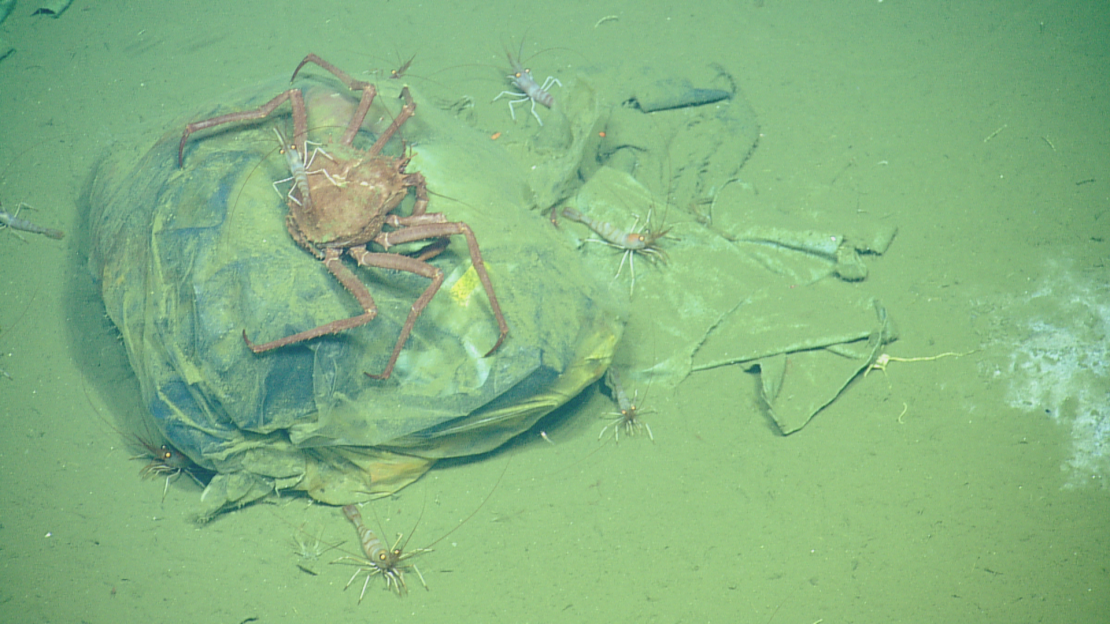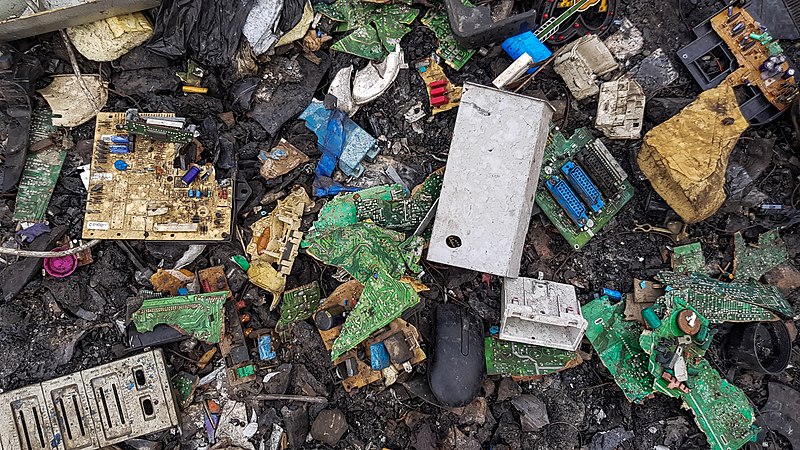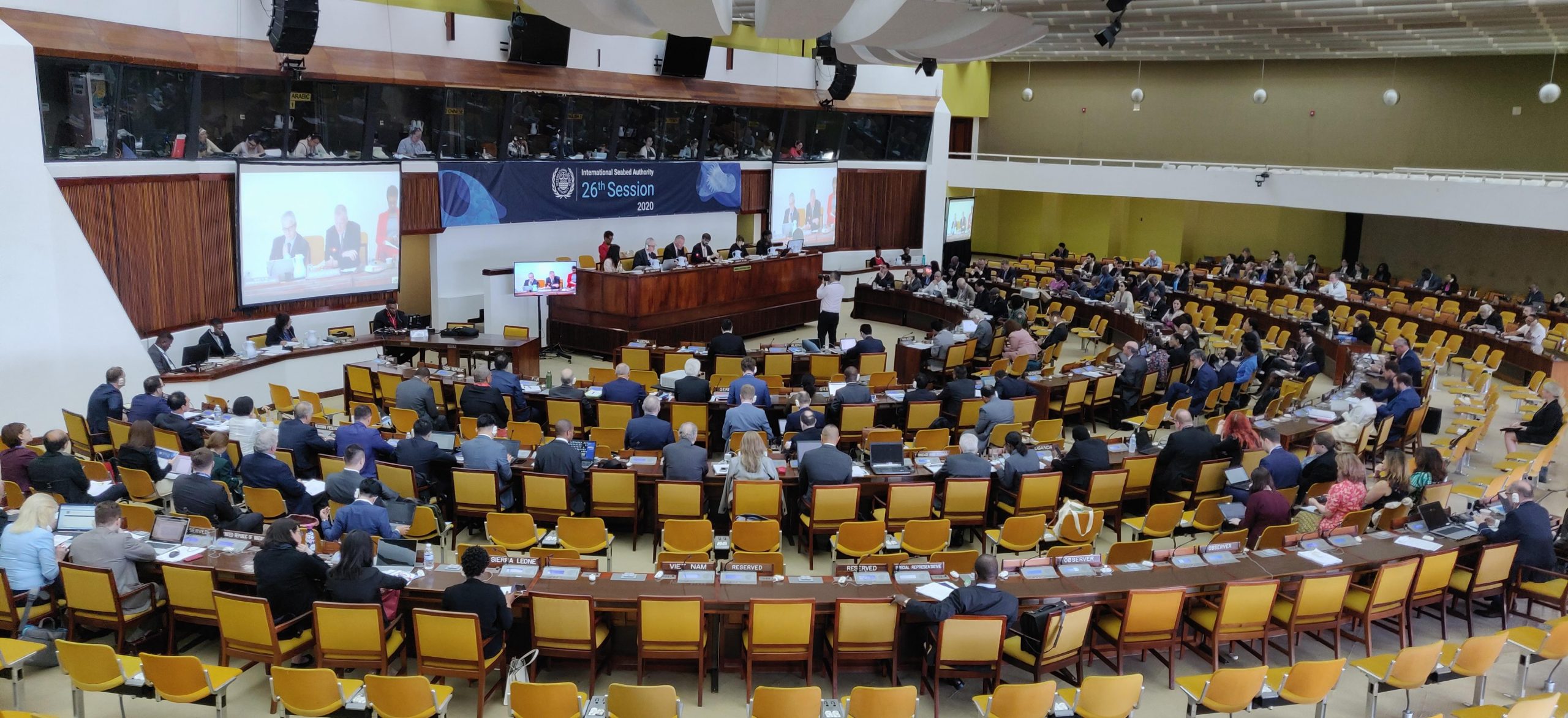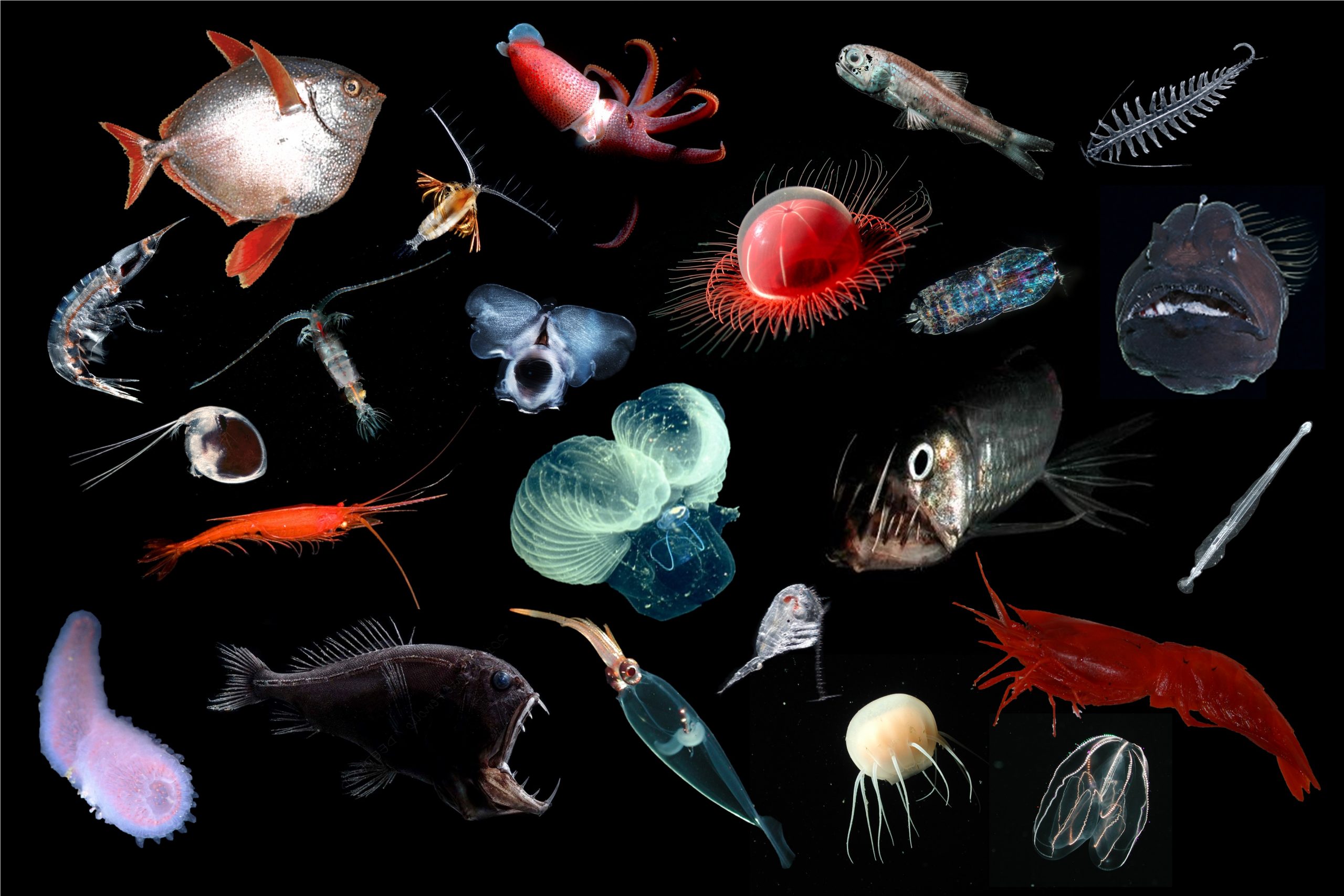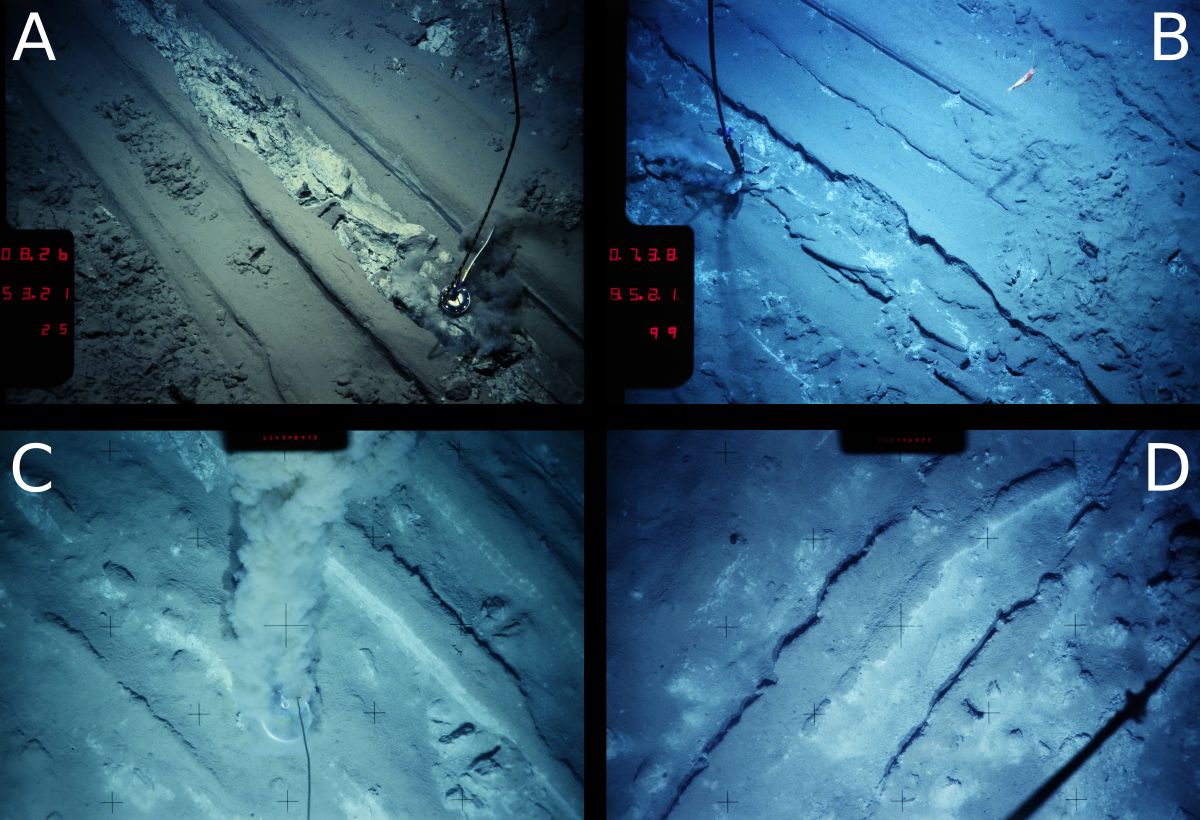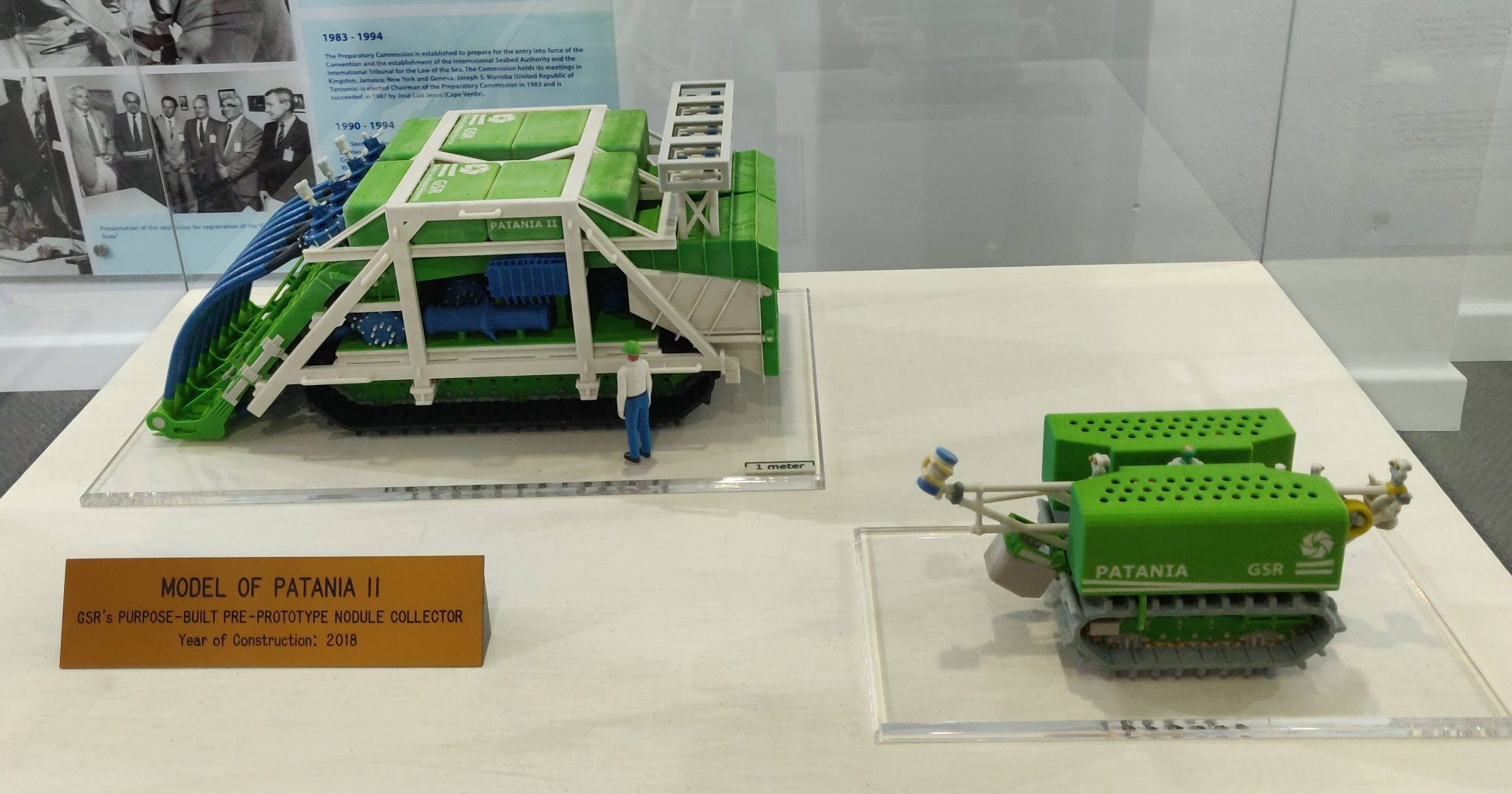Maria Bolevich for the DSM Observer Last April, DeepGreen published a first of its kind life cycle analysis comparing the environmental, social, and economic impacts of land-based ores and deep-ocean polymetallic nodules. “Billions of tons of metal will be taken from the planet between now and 2050 to enable the clean energy transition,” says Gerard […]
Read More
